Commutateur de membrane
Commutateur de membrane
-
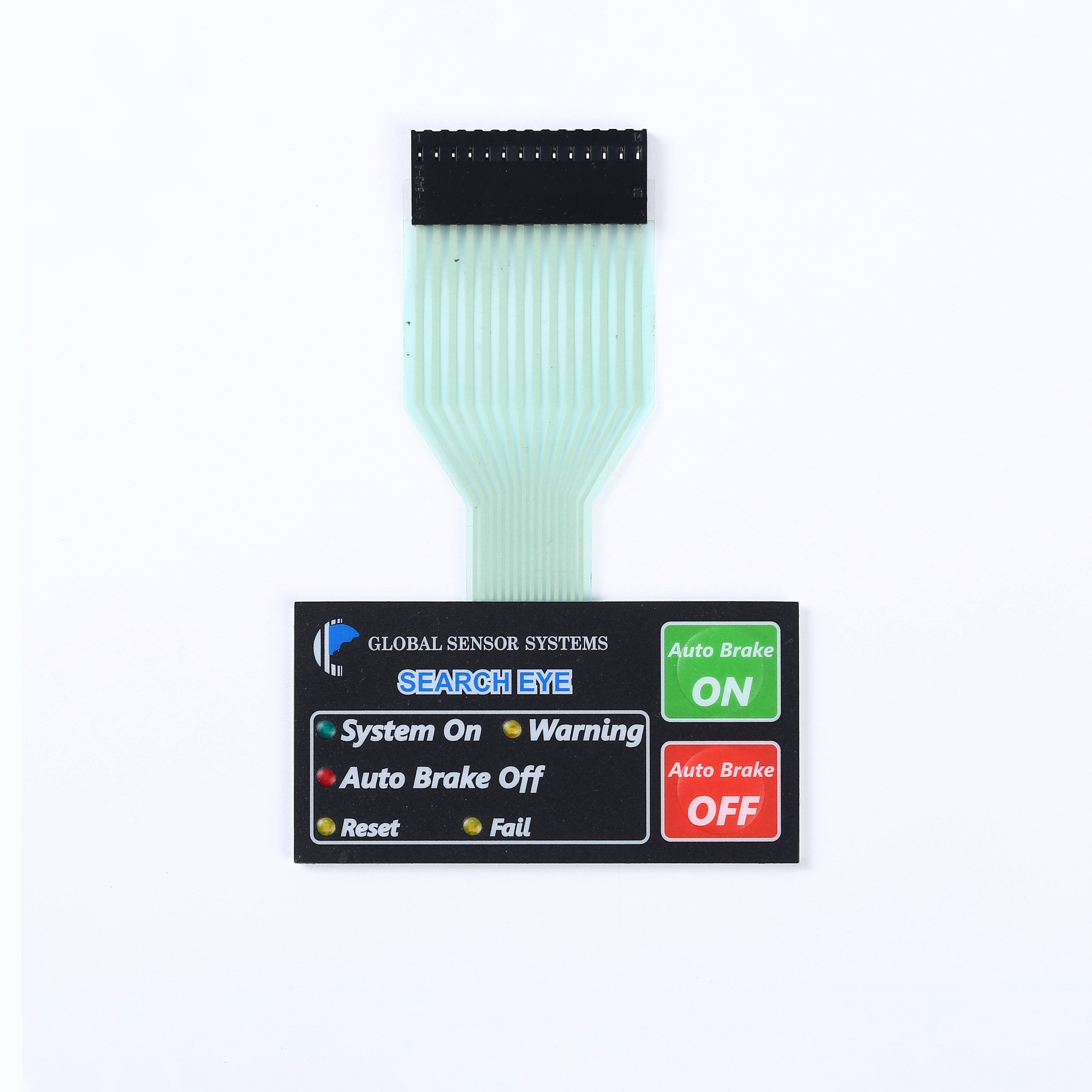
Interrupteur membrane LED
-
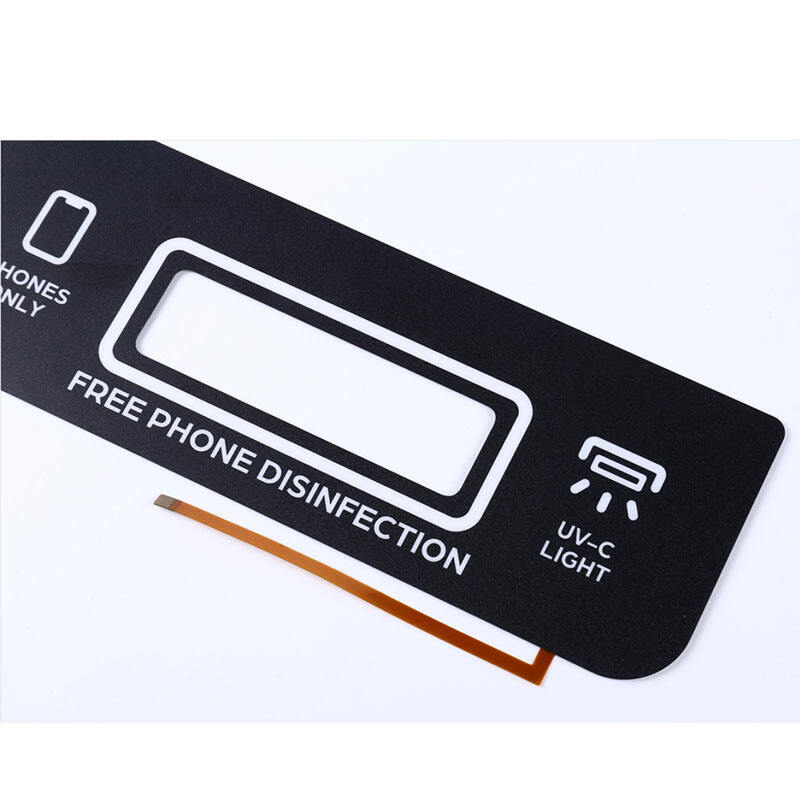
Commutateur de membrane personnalisé Backit
-
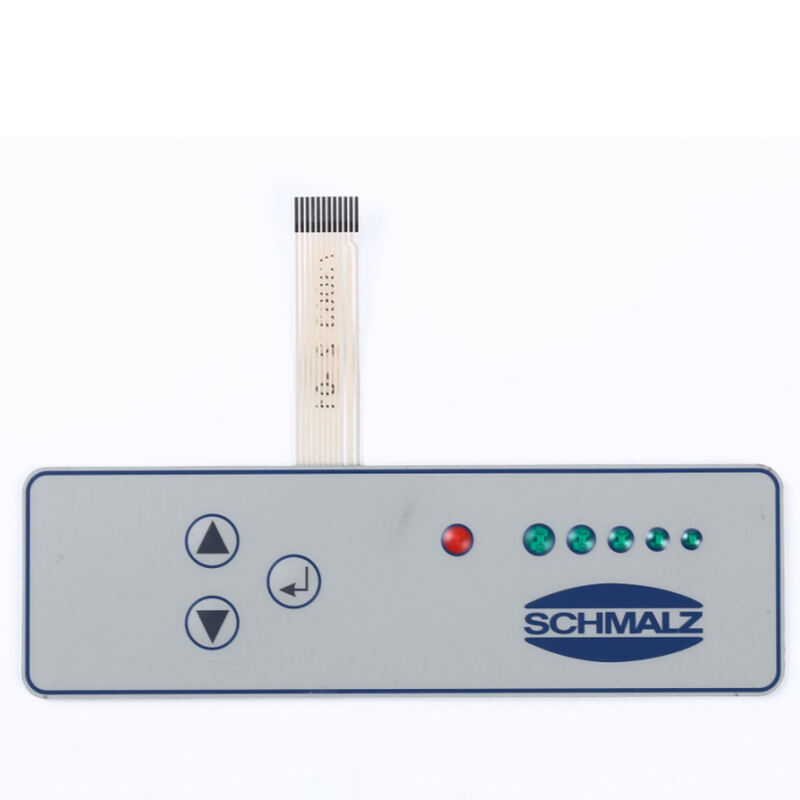
Interrupteur membrane LED
-
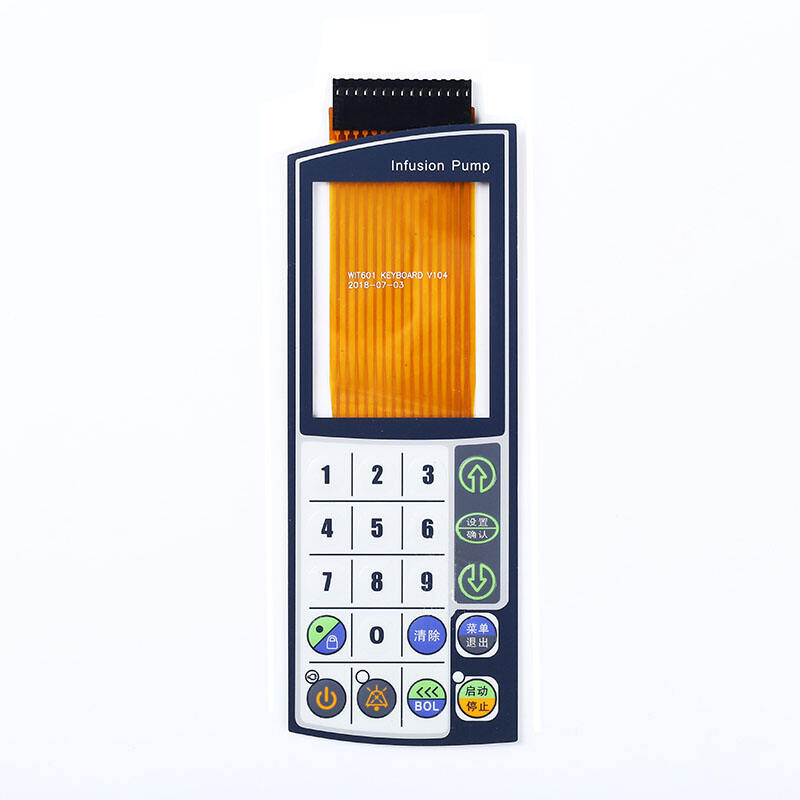
Traitement médical Commutateur à membrane FPC
-
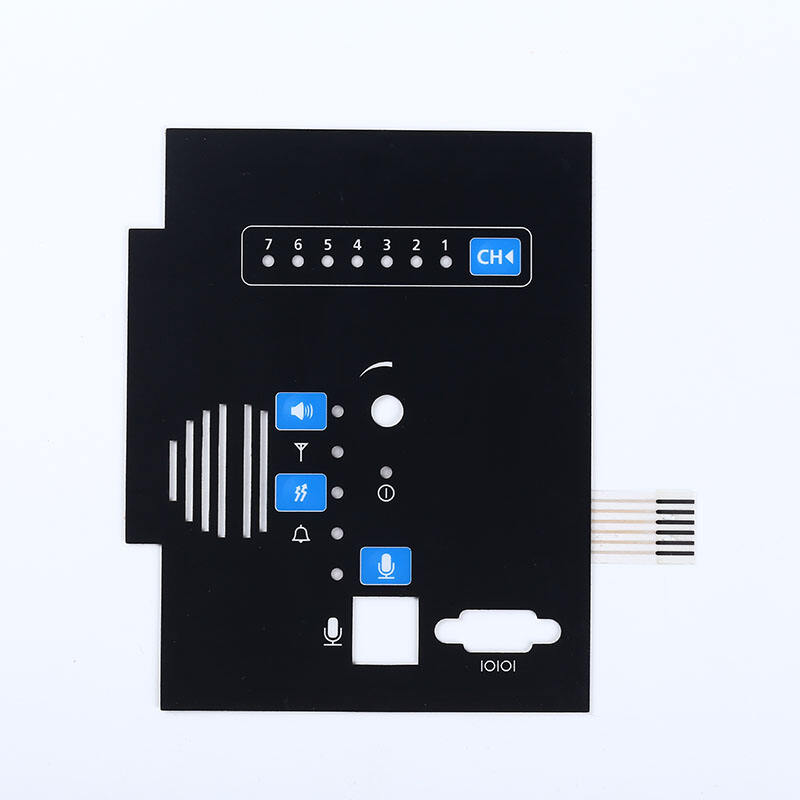
Clavier à membrane
-
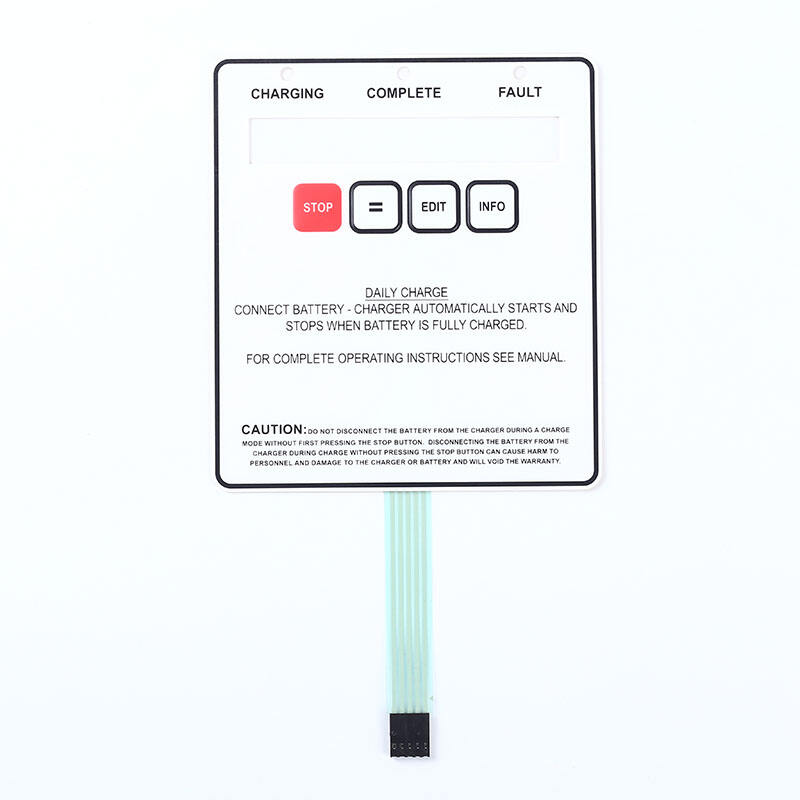
Interrupteur membranaire en PET
-
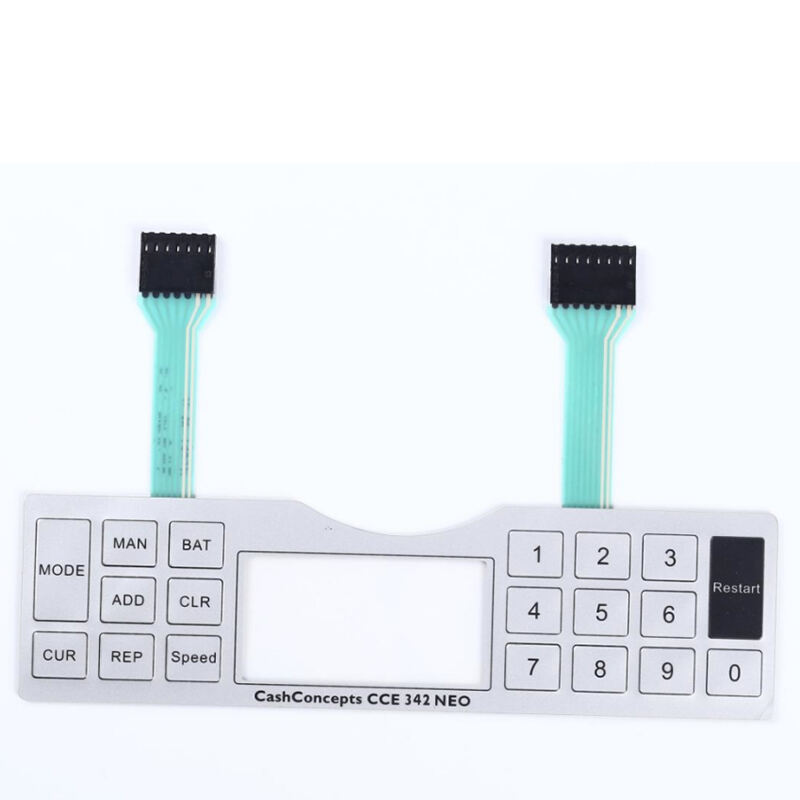
À détecteur de détecteurs de détecteurs de détecteurs de détecteurs de détecteurs de détecteurs de détecteurs de détecteurs de détecteurs de détecteurs de détecteurs de détecteurs de détecteurs de détecteurs de détecteurs de détecteurs de détecteurs de détecteurs de dé

 EN
EN
 AR
AR
 FR
FR
 DE
DE
 IT
IT
 JA
JA
 KO
KO
 PT
PT
 RU
RU
 ES
ES
 VI
VI





